All About the Solar Export Limiting Device
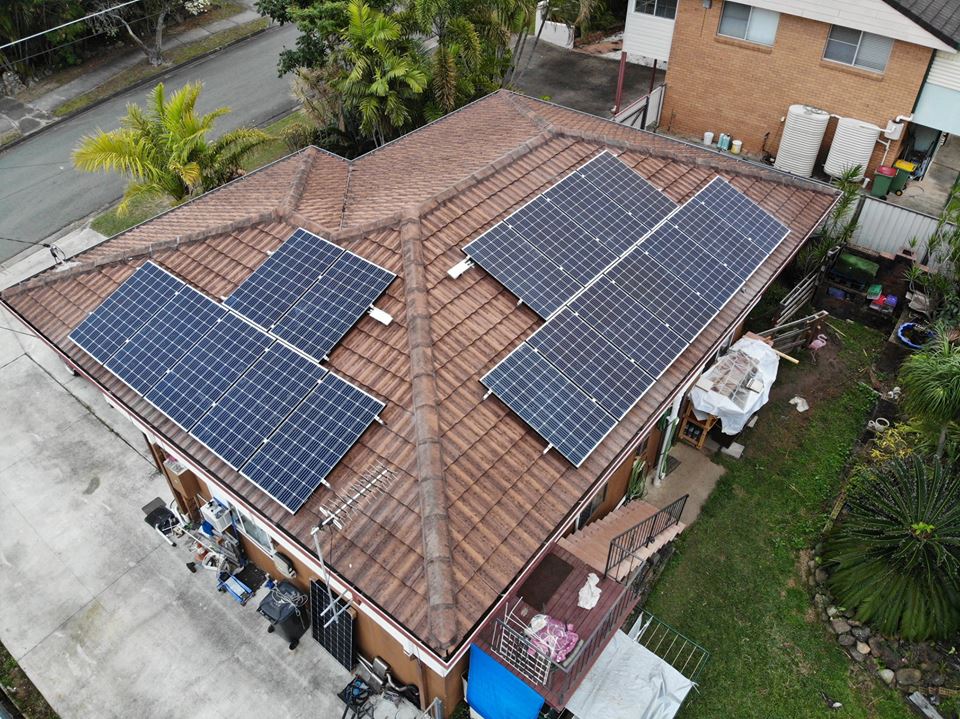
In order to ensure the local grid’s power quality as well as minimise transformer blowout, your grid operator (Electricity Distributor or DNSP) may limit the size of the solar systems allowed on the network. Each case is subject to your grid operator via a submission review, and if your system is in an area that […]
How to Save Money Through Solar
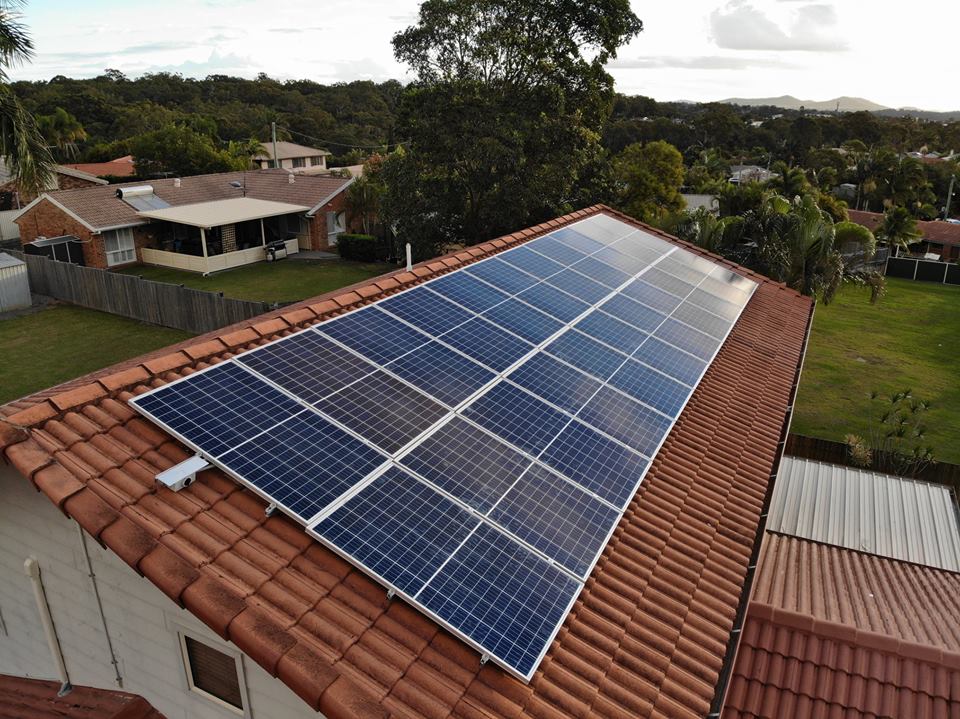
Now that you have installed a solar energy unit, you’re ready to start decreasing your emissions and increasing your savings and maximise your returns. While there are many opinion posts about saving money through the installation of a battery storage system of receiving a feed in tariff, we wanted to write a blog post that […]
Is solar power worth it?
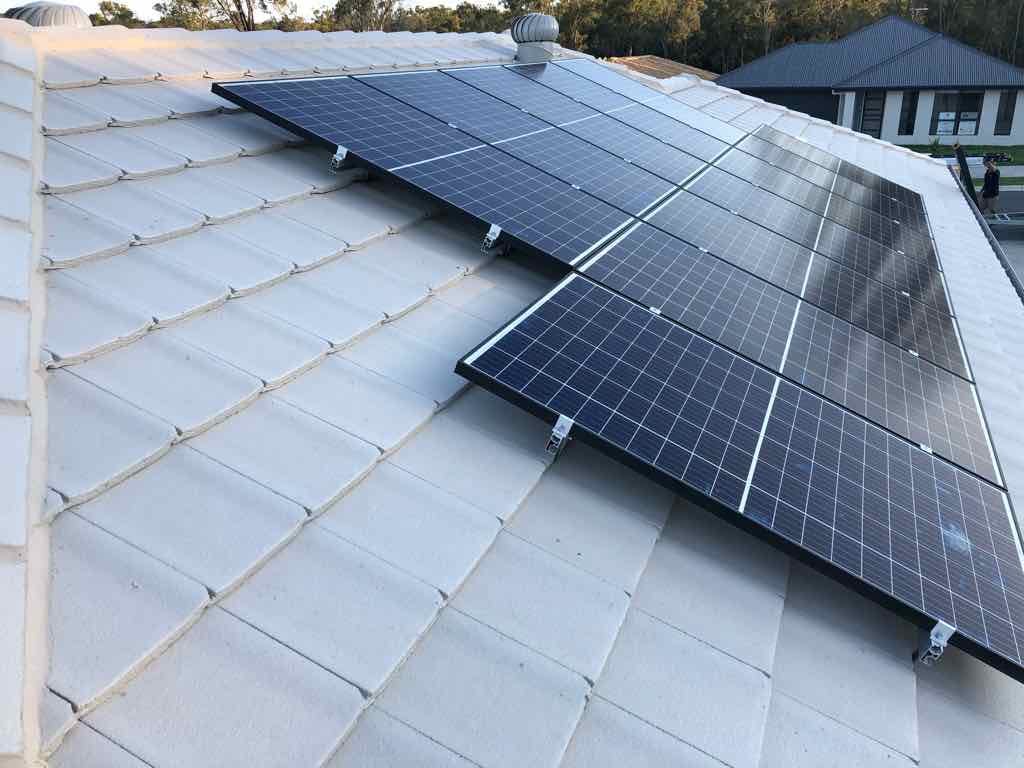
Given Australia’s determined march towards renewable energy generation and supply, you may be wondering whether the installation of a home solar system remains a viable option today. To answer simply, yes. It is. Rooftop solar power systems continue to offer homeowners and businesses a range of benefits. And it will continue to do so, regardless […]
How to Export Your Excess Solar Power to the Grid
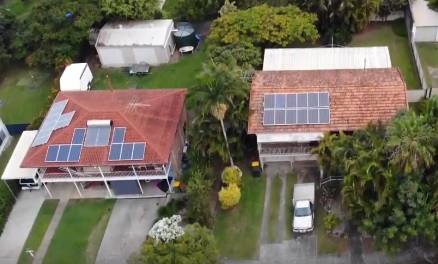
Receiving a feed-in tariff by exporting your excess solar energy is one of the biggest incentives for installing solar on your property. In fact, we receive excited calls from our customers when their first electricity bill arrives! There is just something about the feeling when you see your electricity bills have decreased. But, be warned. […]
Feed-in Tariff
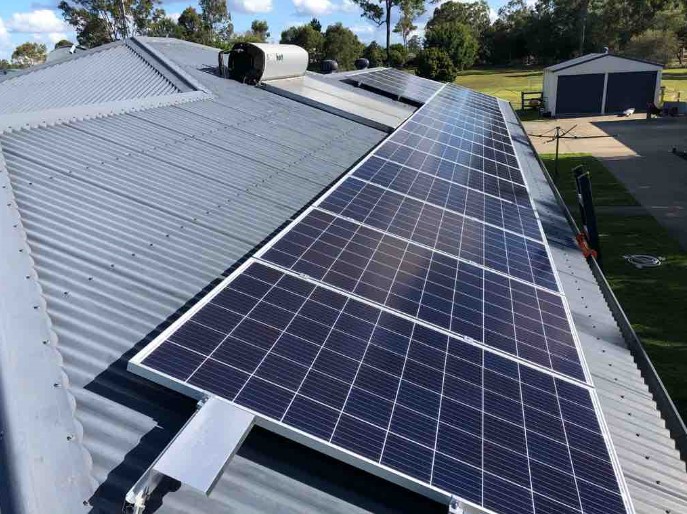
A feed-in tariff is an incentive which is paid to you by your electricity retailer for the export of any excess electricity that your solar system generates. Oftentimes confused with the ‘rebate’ (STC/LGC incentive) the feed-in tariff is another additional incentive that is used to help increase your return on investment on the solar system. […]
STC & LGCs
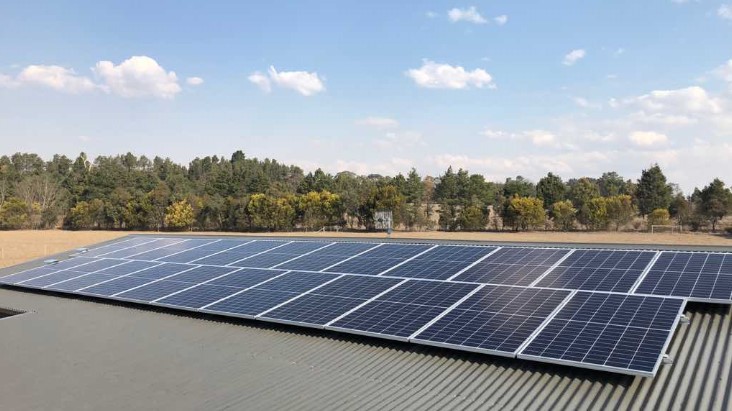
Investing in a solar power system for your home or business is currently still affordable through several government incentives. One such incentive is the Small-scale Technology Certificate (STC) or Large-scale Generation Certificate (LGC). These government initiatives are provided under Australia’s Renewable Energy Target (RET) and incentivises the investment in renewable energy by making it more […]
Financing your Solar Investment.

Should I finance my solar system? Well, that totally depends the size of your system and how much cash you can afford! For standard residential solar systems if you can afford it, paying cash will be the best way to install the system. As everybody says, cash is the king and, in most cases, when […]
Why Using Quality Materials Matter.

We believe that any Solar PV System that we install should be viewed as an Investment. Because of this view, we firmly believe that any system that you buy should (at least) last the warranty period of its components, and even longer after that. The good news is, mechanical wear out is highly unlikely, as […]
What are the next steps after the Solar System is installed?
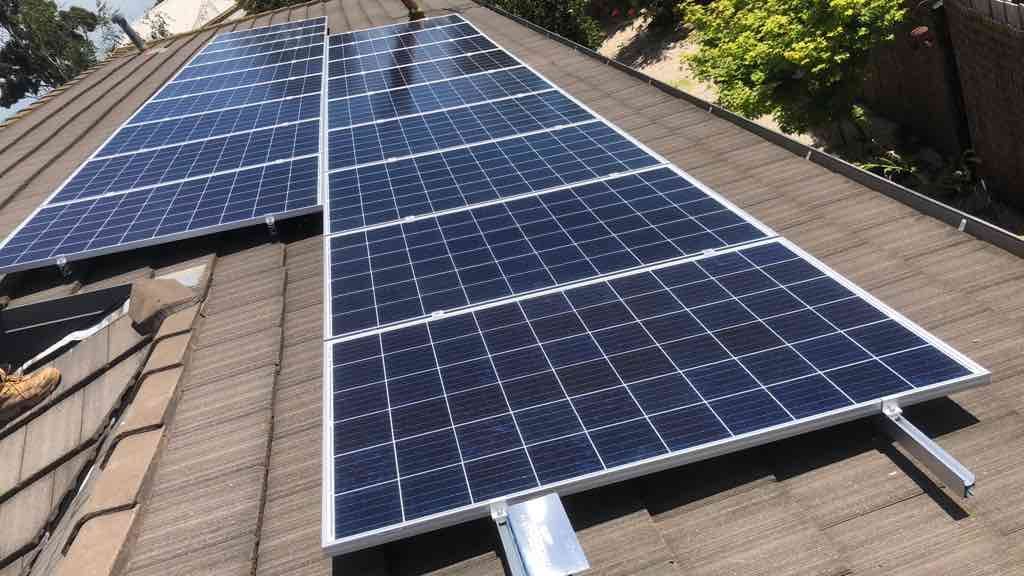
Once your Solar System is installed depending on your state or territory, a meter replacement or meter reconfiguration will be required. This is typically handled by your Electricity Retailer or your Distributor, however the paperwork should be handled by your solar installer. You can ask them how long this will take. After the meter reconfiguration […]
HOW TO FIND OUT IF MY SYSTEM IS WORKING

Depending on the inverter, you can check this by: Checking the display on the Inverter. Wi-Fi Monitoring either via app or web portal (if available). You should check the DC side Voltage (Vdc) and Current (Idc) possibly per string You should check the AC side Voltage (Vac) and Current (Iac) and Power Output. You should […]
